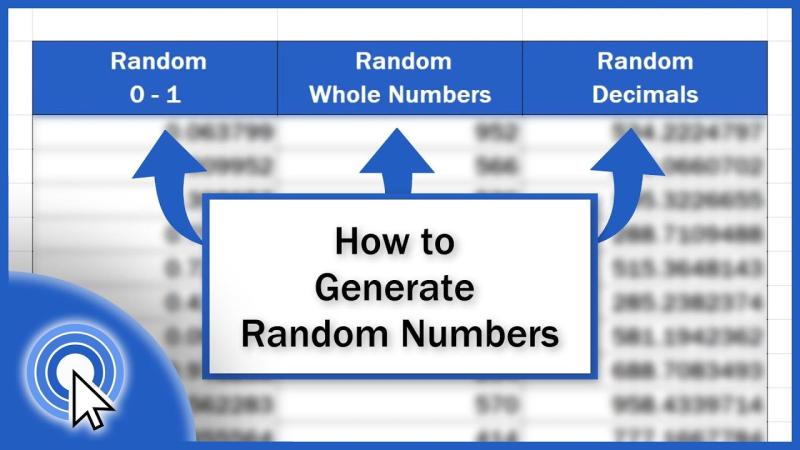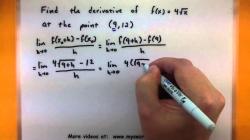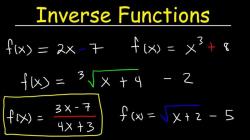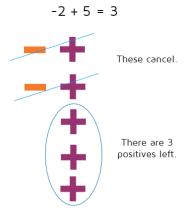How do you generate random numbers?
Generating random numbers is a common task in computer science, statistics, and various applications. The methods for generating random numbers can be broadly categorized into pseudo-random number generation (PRNG) and true random number generation (TRNG). Here are some techniques for generating random numbers and their applications:
Pseudo-Random Number Generation (PRNG):
Linear Congruential Generator (LCG):
- A widely used PRNG that produces a sequence of numbers based on a linear recurrence relation.
- It is defined by the recurrence relation: Xn+1 = (a * Xn + c) mod m.
- Commonly used parameters include a, c, and m.
Mersenne Twister:
- A highly regarded PRNG known for its long period and statistical properties.
- It generates numbers using a twisted generalized feedback shift register.
Middle Square Method:
- A simple PRNG that involves squaring a number and extracting the middle digits.
- It has limitations and is not suitable for cryptographic applications.
Cryptographic PRNGs:
- PRNGs designed for cryptographic applications, ensuring unpredictability and security.
- Examples include Fortuna, Yarrow, and CryptGenRandom.
True Random Number Generation (TRNG):
Physical Processes:
- TRNGs exploit physical processes that are inherently unpredictable, such as electronic noise, radioactive decay, or atmospheric noise.
- Hardware-based TRNGs use these processes to generate truly random numbers.
Mouse Movements and Keystrokes:
- TRNGs can be created by capturing user input, such as mouse movements and keystrokes.
- Timing variations in user input events contribute to randomness.
Applications:
Simulation and Modeling:
- Random numbers are crucial for simulations and modeling in various fields, including physics, finance, and biology.
Statistical Sampling:
- Random numbers are used for unbiased sampling in statistical studies, surveys, and polling.
Cryptographic Applications:
- Cryptographic algorithms rely on random numbers for key generation, initialization vectors, and nonces.
- True random numbers are preferred for cryptographic applications.
Games and Entertainment:
- Random numbers are extensively used in games for generating unpredictable outcomes, such as dice rolls or card shuffling.
Monte Carlo Methods:
- Random numbers play a key role in Monte Carlo simulations used in numerical integration, optimization, and solving complex mathematical problems.
Randomized Algorithms:
- Certain algorithms, like quicksort with random pivots, use random numbers to introduce an element of randomness for improved performance.
Security Tokens and Passwords:
- Random numbers are used in generating security tokens, password salts, and other security-related components.
Random Walks:
- In mathematical modeling and physics, random walks involve a sequence of random steps and are used to model phenomena like Brownian motion.
Machine Learning:
- Random numbers are used in machine learning for initializing weights in neural networks, creating random subsets for training and validation, and introducing randomness in certain algorithms.
When selecting a method for generating random numbers, it's important to consider the application's requirements. For cryptographic applications and scenarios where true randomness is crucial, TRNGs are preferred. For general-purpose applications and simulations, well-designed PRNGs may be sufficient. It's crucial to use established libraries or tools in programming languages that provide reliable random number generation functions.
Delving into the Realm of Randomness: Generating Numbers for Diverse Needs
Random numbers are the digital dice we roll in the computer world, powering diverse applications from simulations to encryption. Let's explore how these fascinating bits of randomness come to life:
1. Methods and Algorithms:
Computers aren't truly random, but rely on algorithms to mimic randomness. Common methods include:
- Pseudorandom Number Generators (PRNGs): These use deterministic algorithms to generate sequences that appear random, often based on mathematical formulas. Popular PRNGs include Linear Congruential Generators and Mersenne Twister.
- Hardware Random Number Generators (HRNGs): These exploit physical phenomena like thermal noise or atmospheric disturbances to generate truly random numbers.
- Hybrid approaches: Combine PRNGs with HRNGs to introduce unpredictable elements for stronger randomness.
2. Programming Languages and Libraries:
Most languages offer built-in random number generation functions like random() in Python or Math.random() in JavaScript. Additionally, libraries like NumPy and Random provide sophisticated tools for random sampling, statistical distributions, and random walks.
3. Ensuring Randomness and Unpredictability:
- Seed the algorithm: Initialize the PRNG with a unique value ("seed") to influence the sequence, but avoid predictable seeds like current time.
- Use cryptographically secure libraries: Opt for libraries designed for randomness in security applications for stronger guarantees.
- Combine multiple sources: Blend outputs from different random number generators to enhance unpredictability.
- Statistically test the randomness: Employ statistical tests to assess the randomness of generated numbers.
4. Crucial Contexts and Applications:
Random numbers play a vital role in:
- Simulations: Modeling complex systems in physics, finance, and biology.
- Cryptography: Generating keys for secure encryption and digital signatures.
- Games and Gambling: Creating fair game mechanics and unpredictable outcomes.
- Testing and Debugging: Introducing randomness to stress-test software and uncover edge cases.
- Machine Learning: Randomizing data inputs for model training and preventing overfitting.
5. Beyond the Algorithm:
Remember, while algorithms create the illusion of randomness, the true value lies in its applications. Understanding the need for randomness and choosing the appropriate methods enables us to unlock its potential for creating fair games, secure communication, and reliable simulations, pushing the boundaries of what computers can achieve.
So, the next time you encounter a random number, appreciate the intricate algorithms and human ingenuity behind its creation. It's not just a series of digits, but a glimpse into the fascinating world of computer science and its endless possibilities.










